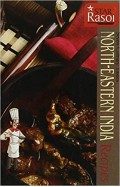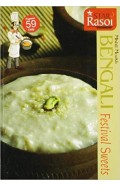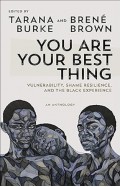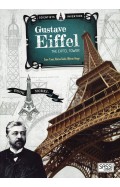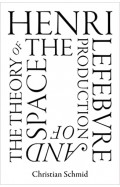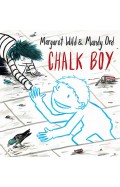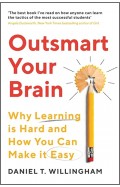- Home
- Books
- Categories
- Non Fiction
- Coffee Table
- Photography
- How to Read Paintings: A Crash Course in Meaning and Method
How to Read Paintings: A Crash Course in Meaning and Method
By: Liz Rideal
-
Rs 3,415.50
- Rs 3,795.00
- 10%
You save Rs 379.50.
Due to constant currency fluctuation, prices are subject to change with or without notice.
How to Read Paintings is a valuable visual guide to Western European painting. Through a gallery of artworks accompanied by informative commentary, it enables you to swiftly develop your understanding of the grammar and vocabulary of painting, and to discover how to look at diverse paintings in detail, closely reading their meanings and methods.
In the first part of the book, the author shows you how to read paintings by considering five key areas: shape and support, medium and materials, composition, style and technique, and signs and symbols, as well as the role of the artist. In the second part, you can explore fifty paintings through extracted details, accompanied by insightful commentary, training you to understand context and meaning within art.
As a collection, the pictures featured in How to Read Paintings have a strong relationship with one another, and underpin the story of painting. This book is a valuable tool whether you are viewing the real artwork on a gallery wall, or simply reading around the subject to learn more about Western art.
How to Read Paintings is a valuable visual guide to Western European painting. Through a gallery of artworks accompanied by informative commentary, it enables you to swiftly develop your understanding of the grammar and vocabulary of painting, and to discover how to look at diverse paintings in detail, closely reading their meanings and methods.
In the first part of the book, the author shows you how to read paintings by considering five key areas: shape and support, medium and materials, composition, style and technique, and signs and symbols, as well as the role of the artist. In the second part, you can explore fifty paintings through extracted details, accompanied by insightful commentary, training you to understand context and meaning within art.
As a collection, the pictures featured in How to Read Paintings have a strong relationship with one another, and underpin the story of painting. This book is a valuable tool whether you are viewing the real artwork on a gallery wall, or simply reading around the subject to learn more about Western art.
How to Read Paintings: A Crash Course in Meaning and Method
By: Liz Rideal
Rs 3,415.50 Rs 3,795.00 Ex Tax :Rs 3,415.50
Zubin Mehta: A Musical Journey (An Authorized Biography)
By: VOID - Bakhtiar K. Dadabhoy
Rs 892.50 Rs 1,050.00 Ex Tax :Rs 892.50
Paul Gauguin: The Great Masters of Art series
By: Isabell Cahn
Rs 3,415.50 Rs 3,795.00 Ex Tax :Rs 3,415.50
Emil Nolde? - The Great Colour Wizard
By: Christian Ring
Rs 2,545.75 Rs 2,995.00 Ex Tax :Rs 2,545.75
The Origins of Political Order From Prehuman Times to the French RevolutioN
By: Francis Fukuyama
Rs 4,045.50 Rs 4,495.00 Ex Tax :Rs 4,045.50
Manning Up: How the Rise of Women Has Turned Men into Boys
By: Kay Hymowitz
Rs 845.75 Rs 995.00 Ex Tax :Rs 845.75
The Obama Syndrome: Surrender At Home War Abroad
By: Tariq Ali
Rs 1,100.75 Rs 1,295.00 Ex Tax :Rs 1,100.75
The Quest For Meaning: Developing A Philosophy Of Pluralism
By: Tariq Ramadan
Rs 1,185.75 Rs 1,395.00 Ex Tax :Rs 1,185.75
Paul Gauguin: The Great Masters of Art series
By: Isabell Cahn
Rs 3,415.50 Rs 3,795.00 Ex Tax :Rs 3,415.50
Emil Nolde? - The Great Colour Wizard
By: Christian Ring
Rs 2,545.75 Rs 2,995.00 Ex Tax :Rs 2,545.75
Outside In - A Year of Growing and Displaying
By: Sean A Pritchard
Rs 6,745.50 Rs 7,495.00 Ex Tax :Rs 6,745.50
What Went Wrong With Brexit - And What We Can Do About It
By: Peter Foster
Rs 3,415.50 Rs 3,795.00 Ex Tax :Rs 3,415.50
Jonny Lambert's Bear and Bird: Try, Try Again
By: Jonny Lambert
Rs 2,425.50 Rs 2,695.00 Ex Tax :Rs 2,425.50
Gustave Eiffel (Scientists and Inventors)
By: Ester Tome
Rs 8,995.50 Rs 9,995.00 Ex Tax :Rs 8,995.50
Exploring Gotham City Puzzle and Book Set
By: Insight Editions
Rs 5,775.75 Rs 6,795.00 Ex Tax :Rs 5,775.75
The Ten Equations that Rule the World: And How You Can Use Them Too - Paperback
By: David Sumpter
Rs 1,947.50 Rs 3,895.00 Ex Tax :Rs 1,947.50
Henri Lefebvre and the Theory of the Production of Space
By: Christian Schmid
Rs 6,115.75 Rs 7,195.00 Ex Tax :Rs 6,115.75
Outsmart Your Brain - Why Learning is Hard and How You Can Make It Easy
By: Daniel Willingham
Rs 4,245.75 Rs 4,995.00 Ex Tax :Rs 4,245.75
Zubin Mehta: A Musical Journey (An Authorized Biography)
By: VOID - Bakhtiar K. Dadabhoy
Rs 892.50 Rs 1,050.00 Ex Tax :Rs 892.50
How to Read Paintings: A Crash Course in Meaning and Method
By: Liz Rideal
Rs 3,415.50 Rs 3,795.00 Ex Tax :Rs 3,415.50
Paul Gauguin: The Great Masters of Art series
By: Isabell Cahn
Rs 3,415.50 Rs 3,795.00 Ex Tax :Rs 3,415.50
Emil Nolde? - The Great Colour Wizard
By: Christian Ring
Rs 2,545.75 Rs 2,995.00 Ex Tax :Rs 2,545.75












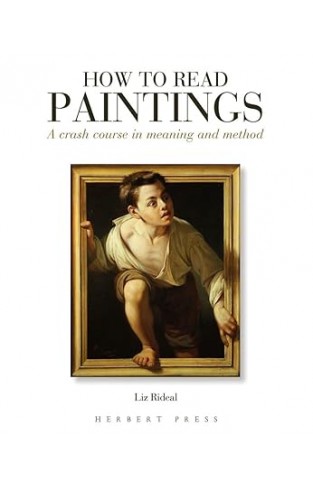
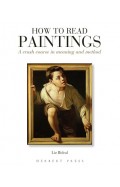
-120x187.jpg?q6)





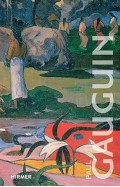
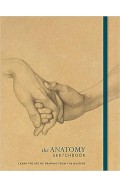
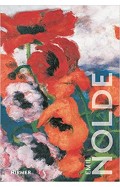
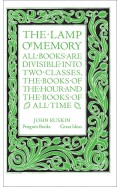
-120x187.jpg?q6)





